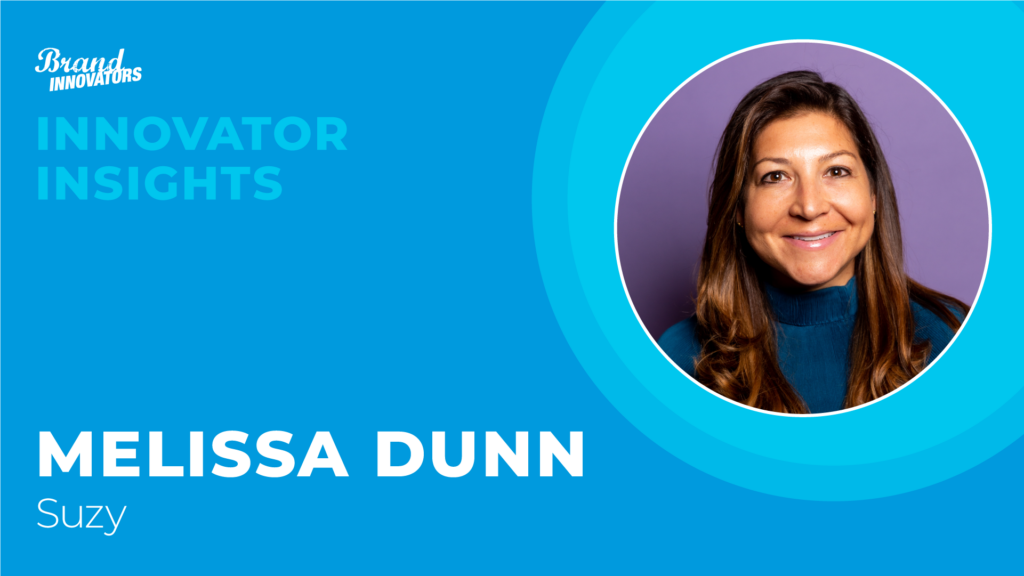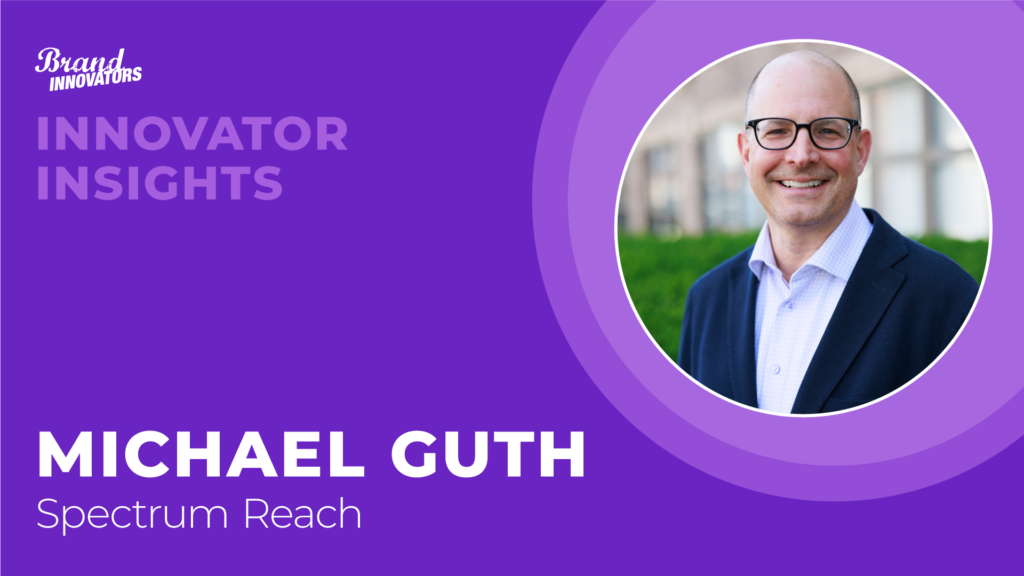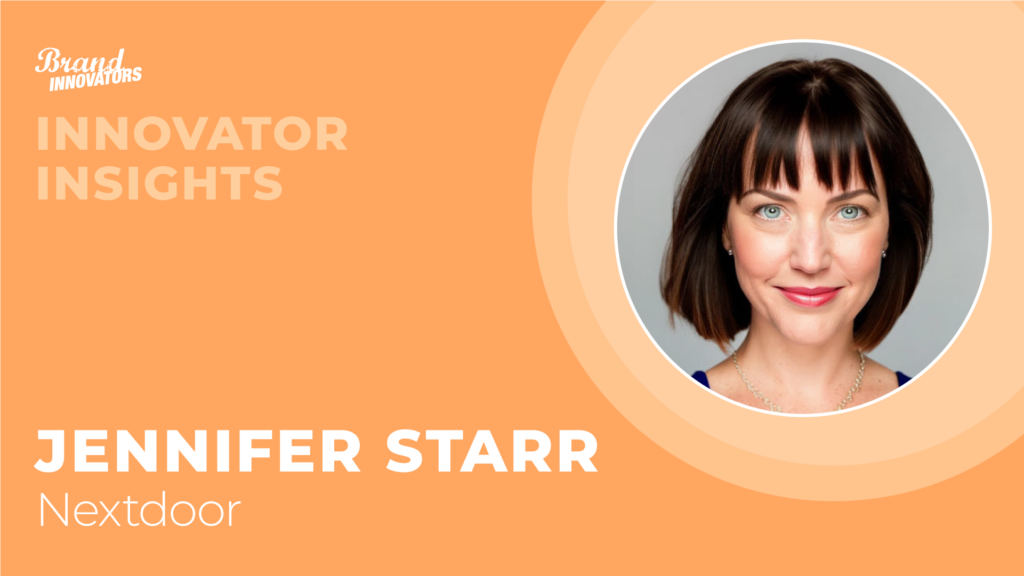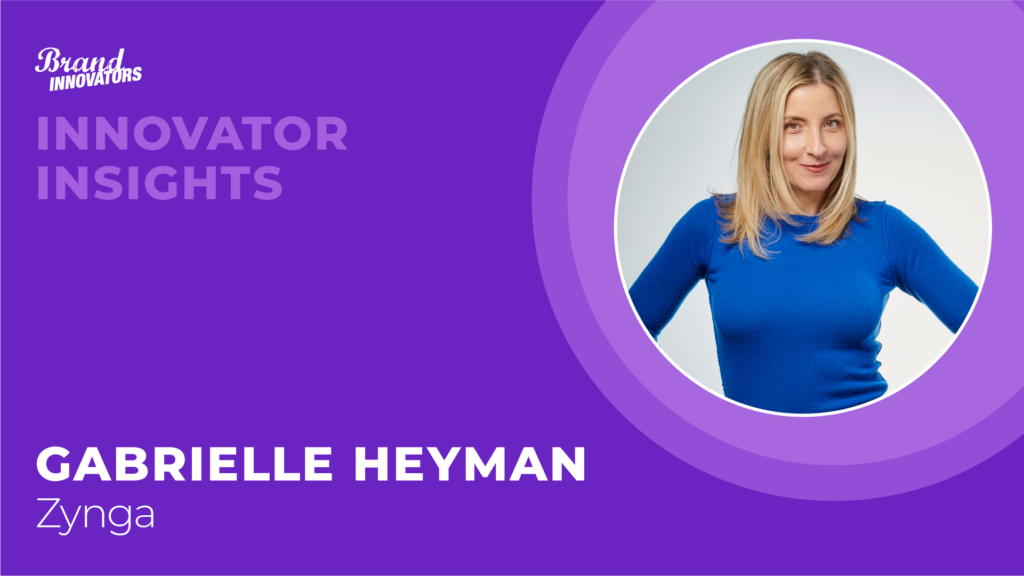Though it’s not normally shared publicly, the team at Wavemaker produces an annual research study dubbed “Provocative Perspectives,” which helps its clientele of CMOs understand shifts in consumer behavior as they prepare their marketing strategy. This year, however, Dennis Potgraven is using that data to kick-start a critical conversation across the entire advertising community.
The chief strategy officer of Wavemaker U.S. is joining executives from Neilsen, the Advertising Research Foundation and other organizations as part of Advertising Week currently taking place in New York. For example, Potgraven will be part of a panel discussion titled “Growing Brands While Navigating Troubled Times.”
Though the source of those troubles – such as rising inflation and ongoing supply chain issues – may be obvious, Potgraven said the daily calls from Wavemaker U.S. clients indicate the best path forward is anything but.
“This economic decline is kind of evolving in a different way than previous recessions. There is an uncertainty on how to deal with it,” Potgraven told Brand Innovators. “We need to have a clearer picture of what growth is possible, what it could look like, and how marketers can build that together.”
This starts by recognizing how consumers are redefining the value they get from brands, Potgraven said, and how that will affect the ability to earn their trust. Wavemaker’s research shows, for example, that 75% of consumers will only buy from brands that fit into their current budgets, even if those brands aren’t really their favorites.
To Potgraven, that means instead of advertising to consumers and trying to build trust on a purely emotional level, brands need to provide more tangible benefits.
“It’s not only about offering the best price. It’s also about convenience as well,” he said. “In these more difficult times, consumers find it very important to opt for brands that can somehow make their life a little bit easier.”
Convenience could translate into services and experiences that save consumers time, simplify the process of finding and choosing products or a wider range of fulfillment options.
Potgraven’s other key guidance for marketers includes:
Make Marketing Dollars Work Harder For Your Base Customers Vs. Incremental Sales
During periods of economic strain, it’s only natural for marketers to consider where they can cut costs. Yet Wavemaker’s research shows the benefits of pulling back on media investment tends to fade quickly within three to five years, and it can cost more than twice as much to gain consumers back later on.
Instead of a knee-jerk response to financial uncertainty, Potgraven recommends marketers focus more on their most loyal buyers than trying to spread themselves too thin.
“We see that the biggest deterrent for good media ROI is often too many campaigns, too many shifts,” he said. “Channel planning isn’t as effective as it could be, and the fragmentation we’re seeing as a result is a challenge. When you have a little bit less budget, protecting your baseline of sales is more important than chasing many different media types with low spends.”
This could be an opportunity to rationalize promotions where lower funnel activations risk cannibalizing the bottom line, Potgraven said. E-commerce, meanwhile, should be seen as more than a sales vehicle but developed into a platform that creates a community of loyal and profitable consumers.
Focus Advertising On Where The Halo Shines Brightest
The concept is almost as old as marketing itself: use advertising to create a positive impression about one product, and the impact will be felt across the rest of your portfolio. According to Potgraven, however, too many marketers overestimate the halo effect’s power, and assume it will generate the same results no matter where it is applied.
In fact, Wavemaker’s research found the halo effect on what it calls “masterbrands” is between 20-30% higher on the overall portfolio than new products of “innovations.” A category in between, “brand icons” also has a stronger halo effect of between six and 14% compared to innovations.
“There are so many stakeholders on the client side and everyone fights for their own product and own budget,” he admitted. “But this is a time I think, to come together as a marketing team and look at where we can really gain the most.”




